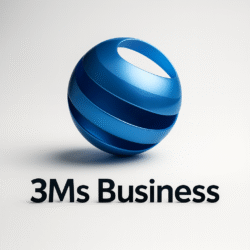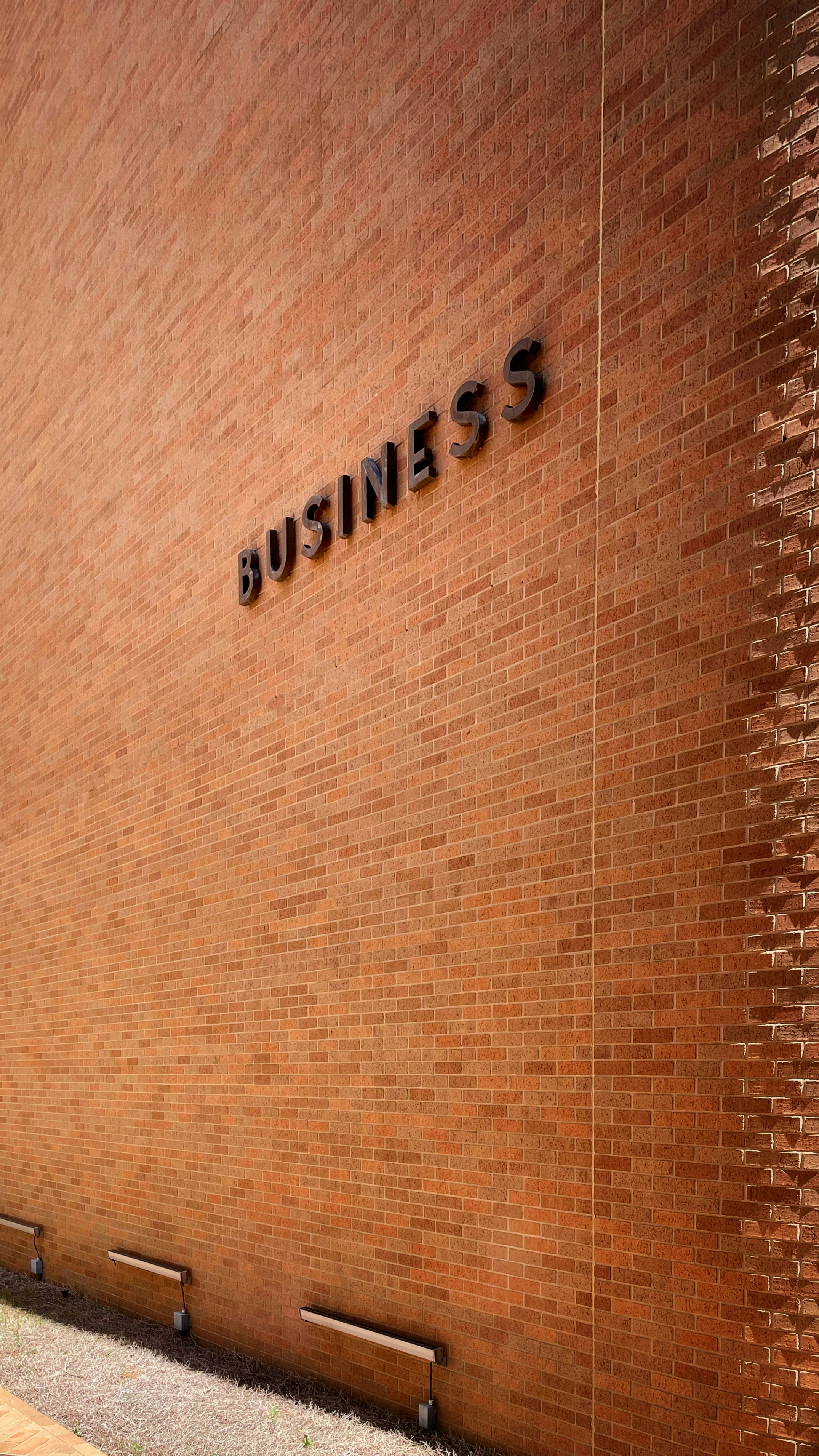Introductory
Most projects experience a gradual decline instead of experiencing a complete collapse at once. The main reason for this issue stems from the absence of any plan to handle projects which fail to meet their goals. Leadership causes projects to extend their duration and raises expenses while making teams focus on unproductive work because there are no defined limits to control their behavior. The article provides CEOs and CFOs and founders with a method to establish exit policies at startup and execute them without conflicts.
The cost of drifting projects
The cost of drift continues to be substantial because it exists outside of public knowledge. Teams keep busy. Reports stay green. The runway shortens while customer trust disappears and investors should focus on alternative investment opportunities. GCC companies face a problem when their capital programs and digital initiatives operate at the same time because one stalled project can use up SAR millions and essential personnel for multiple quarters.
The implementation of waste reduction measures does not require organizations to achieve perfect forecasting accuracy. The process needs established exit protocols and scheduled review periods and staff members who will activate the rules when they become active.
Define exit before entry
Set “kill criteria” in the charter
Create 3–5 essential performance indicators which have quantifiable measurement criteria. Use simple language. Examples:
- Adoption: 1,000 weekly active users by Week 12.
- Unit economics: CAC ≤ SAR 200; payback ≤ 9 months.
- Time: MVP live by March 31.
- Quality: ≤ 2 Sev-1 incidents per month post-launch.
- Budget: total spend cap SAR 5m.
The policy needs to specify that students who miss two classes in a stage must pause their studies but students who miss three classes will need to exit the program. The system resolves all conflicts which develop when people experience strong emotions.
The funding should support the development of stages which lead to specific results instead of focusing on individual tasks.
The payment system needs to distribute funds through stages which link to achievement results instead of following a task-based schedule. No milestone, no funds. Make the gate simple: Did we hit the adoption, margin, and date metrics for this stage? If yes, unlock the next tranche. If not, execute the exit playbook. The system maintains cash reserves while showing supplier and organizational staff member commitment from the business.
Run a pre-mortem in Week 2
Ask, “It’s Q4 and this failed—why?” List the top five reasons. Assign an owner and a leading indicator for each (e.g., “pilot conversion rate < 15% by Week 6”). Review these indicators every two weeks. You prevent failure by looking for it early.
Operate the exit—cleanly and fast
Create a decision forum and cadence.
Decisions die in vague forums. The organization needs to schedule a 45-minute “Stop/Continue” meeting which should include one executive who possesses CEO or CFO level decision-making authority. The team needs to create a single-page gate brief which should include present metrics and forecast data along with risk assessment and specific requirements. The bar requires all projects to follow identical standards of quality.
Build a five-step exit playbook
- Communicate fast. The team needs to discover news information before stakeholders and vendors learn about it. Be clear on reasons and next steps.
- Transition people. The skills of high-performing employees need continuous application so they should receive new assignments within seven days.
- Salvage assets. The team should store reusable code and designs and data and vendor credits in a single repository that all members can access.
- Close contracts cleanly. The company needs to execute termination clauses and retrieve all assets while finishing all required liability settlement processes.
- Capture learning. Publish a one-page “What we’d do differently.” Share it in the next portfolio review.
The exit process needs to operate as a managed descent system instead of producing a destructive impact. A calm, repeatable process reduces fear and makes future exits easier.
Protect customers and brand
The company needs to create a sunset plan which will show customers when they can expect service interruptions to occur. The company needs to offer customers migration choices together with credit or refund options. The support system needs to remain accessible for a specific time frame which should be 90 days. The system upholds trust because it operates within controlled industries and government-backed initiatives throughout the GCC countries.
Counter the biases that keep failures alive
Appoint a “red team”
Select two leaders who were not included in the initial presentation. Their work involved business viability assessment and belief verification before making stop or exit decisions at each evaluation stage. Rotate this team each quarter to keep it independent.
Fix incentives and scorecards
People will launch any product when bonuses depend solely on launch success. The incentive system needs to connect its reward structure to particular business performance indicators which include adoption rates and margin levels and NPS scores and honest stop completion. Organizations need to identify their successful teams that finish projects early before they can redirect resources to work on different projects. The organization runs a workplace system which views interruptions as indicators of failure instead of understanding them as indicators of weakness.
A basic template will become accessible for your use when you attend the meeting tomorrow.
The following thresholds should be applied to SAR 10m digital products and SAR 200m capital projects.
Stage 0 — Problem fit (4–6 weeks)
- Evidence: The research included 10 customer interviews for each segment and confirmed the top three pain points.
- Go: clear value prop, quantified ROI model.
- Kill: no paying sponsor; unclear user; no must-have pain.
Stage 1 — MVP (8–12 weeks)
- Go: The MVP system will achieve 100 live users and establish one pilot site while the CAC model succeeds through either revenue achievement or quantifiable cost savings.
- Kill: miss two of the three; >20% timeline slip; quality outside thresholds.
Stage 2 — Scale (12–24 weeks)
- Go: WAU > 1,000 or 3 sites live; payback ≤ 9 months; NPS ≥ +30.
- Kill: miss adoption and payback; budget overrun exceeds 20% and Sev-1 incidents continue to rise.
Exit actions (within 14 days)
- The team relocated to new positions while all assets received documentation and vendors were shut down and essential knowledge was distributed to all staff members.
This template works for tech builds in Riyadh as well as engineering packages in a giga-project. The numbers require adjustment instead of changing the academic field.
The leadership takeaway
Leadership compensation serves as a financial resource which enables projects to continue operating. Our organization directs funding toward successful initiatives while ending support for non-performing projects. Create exit rules at the beginning of your work process. Review them on a fixed cadence. When they trigger, exit with respect and speed. Your best people and your best cash will move to the work that deserves them.
References:
References:
Internal Links
https://3msbusiness.cloud/the-high-cost-of-poor-communication-understanding-the-impact-of-strategy-misalignment/
https://3msbusiness.cloud/the-dangers-of-short-term-thinking-in-long-term-strategy/
External Links
- – External 1 — Harvard Business Review — “How Susceptible Are You to the Sunk Cost Fallacy?” (2021): https://hbr.org/2021/07/how-susceptible-are-you-to-the-sunk-cost-fallacy
- – External 2 — McKinsey — “Rewired to outcompete” (2023): https://www.mckinsey.com/capabilities/tech-and-ai/our-insights/rewired-to-outcompete
- – External 3 — PMI — “The Future of Project Work: Pulse of the Profession® 2024”: https://www.pmi.org/learning/thought-leadership/future-of-project-work
- – External 4 — Gartner — “2024 Strategic Portfolio Management Frameworks, Processes and Tools Investments Roadmap”: https://www.gartner.com/en/information-technology/role/strategic-portfolio-management
Get an extra 20% discount upon subscription at Hostinger webhosting:




















![UGREEN Revodok USB C Hub with 100W PD Charging [Braided Cable], T...](https://m.media-amazon.com/images/I/41DJO-tB2pL.jpg)